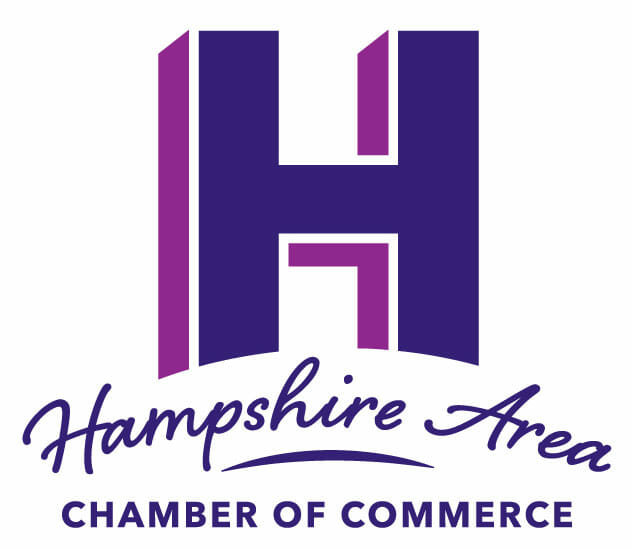Tips and Strategies for Cutting Startup Costs Without Cutting Corners
Starting a business means balancing ambition with financial reality. Spending recklessly in the early stages can shorten your runway, while slashing costs without strategy can compromise quality and brand trust. The most resilient startups adopt cost-saving measures that preserve — and sometimes even enhance — the value they deliver. By making thoughtful decisions in areas like product development, supplier relations, and workflow design, founders can stretch every dollar without slipping into false economies. The key is knowing where to streamline and where to invest for long-term payoff.
Lean Launch Practices
When budgets are tight, the fastest way to validate your idea is to build a pared-down MVP to save development costs. This approach strips the product to its essential features so you can test market fit early. It also reduces the risk of overinvesting in features customers may not want. A lean launch isn’t about producing a half-finished product — it’s about producing a focused, functional one. Using this method, founders can collect real-world feedback and refine the offering without burning through their initial capital.
Incorporation Without the Overhead
Forming a legal entity doesn’t have to eat into your early budget, especially when you can access resources that break down exactly how to get an LLC for free. Incorporating early gives your startup credibility with customers and investors while protecting your personal assets from business liabilities. Many founders wait too long to formalize their structure, mistakenly thinking it's a costly legal process. But in reality, skipping this step can cost more in the long run if disputes or compliance issues arise. Treat it like a foundational investment — one that signals you're serious without sinking your spend.
Negotiation & Supplier Leverage
Your vendors and suppliers can be strategic allies in your cost-saving mission. By committing to longer contracts or combining orders, you can bundle vendor services for better terms. Vendors often have more flexibility than you think, especially if you offer predictable revenue in return. The more you centralize purchasing and standardize requirements, the more bargaining power you have. This can mean better prices, favorable payment schedules, or added services at no extra cost.
Remote and Flexible Work
Office rent, utilities, and maintenance can devour a young company’s budget. Shifting your team’s setup can cut overhead by shifting to remote ops while keeping productivity high. Even a hybrid arrangement can free up resources for product development or marketing. The savings are tangible — no need for large office spaces, reduced commuter costs for employees, and often lower attrition because of greater flexibility. To maintain culture and cohesion, invest in reliable communication tools and schedule in-person strategy sessions.
Strategic Outsourcing & Automation
Not every task deserves in-house attention. Many startups outsource repetitive tasks to lower expenses, such as payroll, customer service, or data entry. This lets your core team focus on activities that directly drive revenue and growth. The same principle applies to automation — software can now handle everything from invoice processing to social media scheduling. Choosing the right partners and tools can shrink costs significantly while actually raising your operational quality.
Frugal Product Design
Innovation doesn’t always mean spending more. When founders adopt frugal innovation to offer value affordably, they create products that meet essential customer needs with fewer resources. This might involve sourcing alternative materials, simplifying features, or rethinking distribution. Done well, frugal design can open your brand to new markets without sacrificing performance or user experience. The goal is to deliver value where it matters most, not to strip away the very qualities that make your offering appealing.
Quality-First Cost Reduction
The danger in cutting costs is eroding quality — but that’s avoidable. By applying agile methods to trim dev costs without cutting quality, startups can stay efficient while continuously improving their output. Agile emphasizes incremental releases, feedback loops, and tight collaboration, all of which help eliminate waste without eliminating essentials. Regular audits of your processes, tools, and vendor relationships can reveal hidden inefficiencies you can fix before they damage quality. This proactive approach keeps standards high while freeing up resources for innovation.
Cost control in a startup isn’t about penny-pinching — it’s about discipline and creativity. Each dollar you save in operations can be reinvested into building a better product, hiring key talent, or expanding your market reach. By applying strategies like lean launches, strategic vendor negotiations, remote work, targeted outsourcing, frugal design, and quality-preserving process improvements, you can extend your runway without undermining your value proposition. In the long game of entrepreneurship, the businesses that thrive are those that manage their resources as wisely.
Discover the vibrant business community of Hampshire with the Hampshire Area Chamber of Commerce and stay ahead with the latest business news, events, and exclusive promotions!This Hot Deal is promoted by Hampshire Area Chamber of Commerce.

